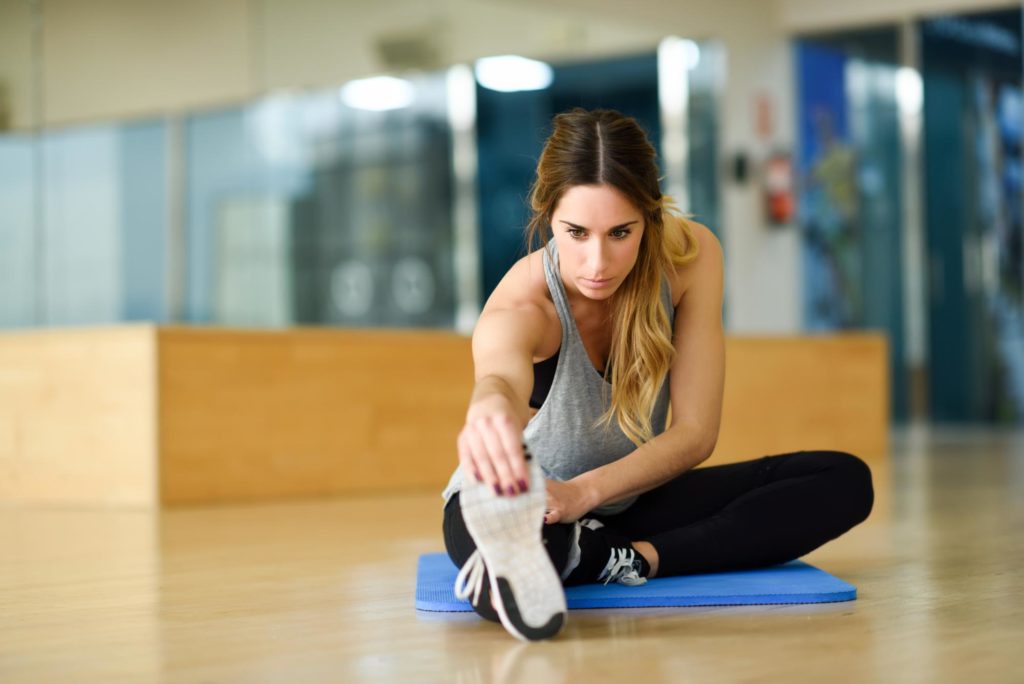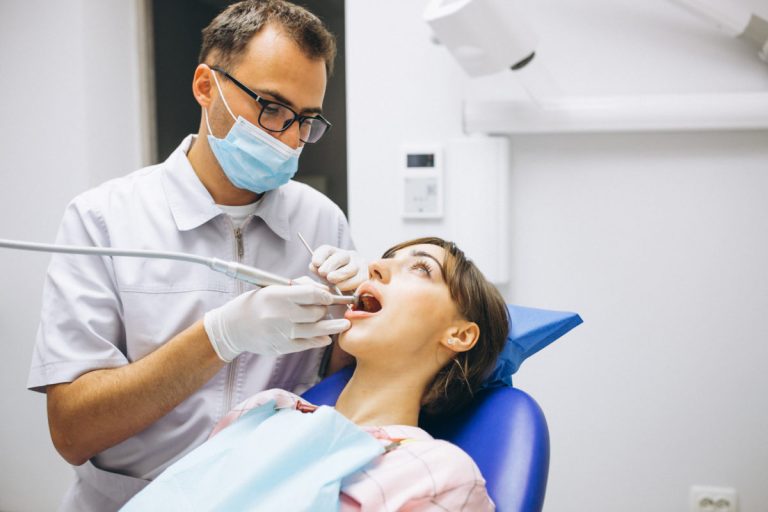For athletes, achieving peak performance is a continuous pursuit, requiring dedication to training, nutrition, and recovery. While intense workouts and training sessions are essential for improvement, the recovery phase is equally crucial. Proper recovery helps athletes prevent injuries, enhance performance, and maintain longevity in their sports careers. Here are some of the best recovery methods for athletes.
1. Rest and Sleep:
One of the most fundamental and effective recovery methods is simply getting adequate rest and quality sleep. Sleep is when the body repairs and regenerates tissue, including muscles. Athletes should aim for 7-9 hours of quality sleep per night to support their recovery process.
2. Nutrition:
Proper nutrition plays a significant role in recovery. Athletes should focus on consuming a well-balanced diet rich in carbohydrates, proteins, healthy fats, vitamins, and minerals. Post-workout nutrition, including a combination of carbohydrates and protein, helps replenish glycogen stores and promotes muscle repair.
3. Hydration:
Staying well-hydrated is crucial for recovery. Dehydration can impair performance and delay the body’s ability to repair itself. Athletes should monitor their fluid intake and replenish lost fluids during and after training sessions.
4. Active Recovery:
Active recovery involves low-intensity exercise or activities that help reduce muscle soreness and improve blood circulation without putting additional stress on the body. Activities like light jogging, cycling, or yoga can aid in recovery.
5. Stretching and Mobility Work:
Incorporating stretching and mobility exercises into a daily routine can enhance flexibility, reduce muscle tightness, and prevent injuries. Dynamic stretching before workouts and static stretching after can be beneficial.

6. Ice Baths and Cryotherapy:
Cold therapy methods, such as ice baths or cryotherapy, can help reduce muscle inflammation and soreness. These treatments constrict blood vessels and reduce tissue swelling.
7. Compression Garments:
Compression garments like sleeves, socks, or tights can enhance circulation and reduce muscle vibration during workouts, which may reduce muscle fatigue and soreness.
8. Massage Therapy:
Massage therapy can help alleviate muscle tension, improve blood flow, and promote relaxation. Different massage techniques, such as deep tissue or sports massage, can be tailored to an athlete’s needs.
9. Foam Rolling:
Foam rolling or self-myofascial release is a self-massage technique using a foam roller. It helps release muscle knots, increase flexibility, and reduce muscle tightness.
10. Active Release Techniques (ART):
ART is a manual therapy that focuses on releasing soft tissue restrictions. It is particularly useful for addressing specific muscle imbalances or chronic injuries.








